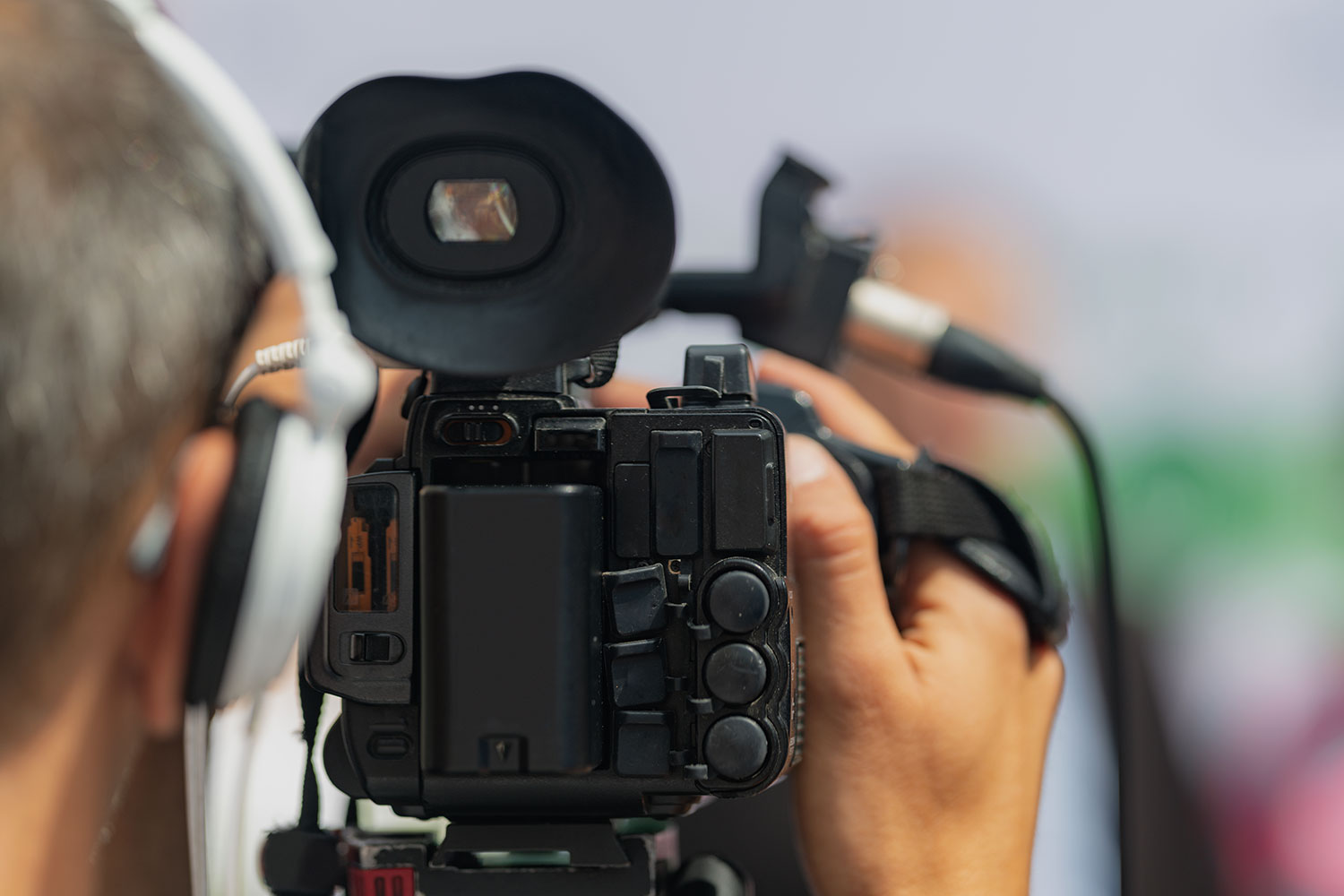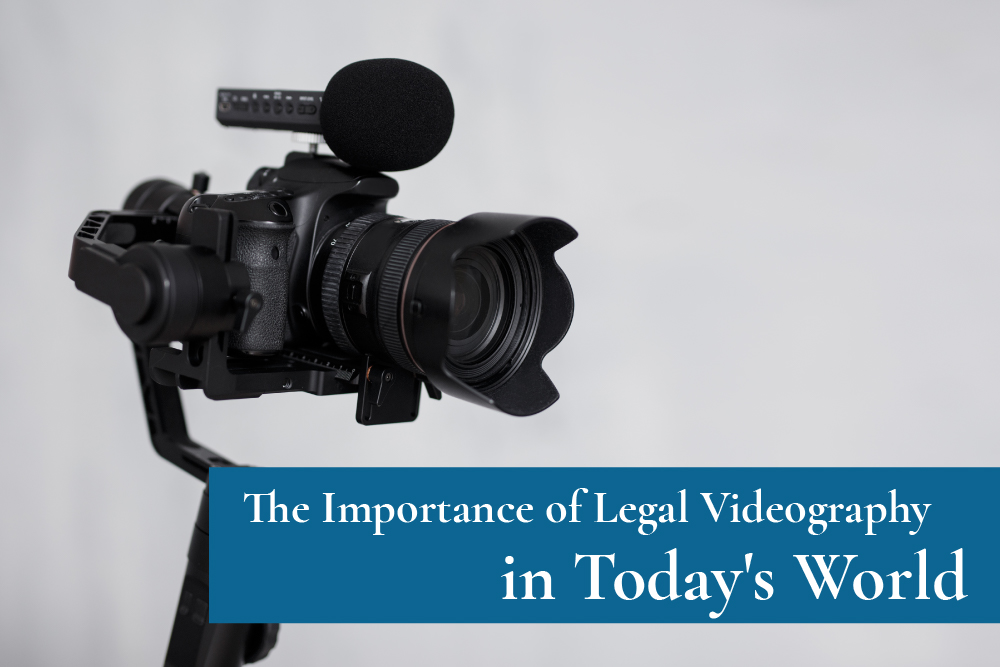Enhancing Legal Techniques with High-Quality Legal Videography Solutions
Enhancing Legal Techniques with High-Quality Legal Videography Solutions
Blog Article
Recognizing the Significance of Videography in Legal Procedures
The integration of videography into legal proceedings has emerged as a considerable consider the discussion and interpretation of evidence. By capturing visual elements such as body movement and facial expressions, videography enhances the narrative surrounding witness testimonies and can exceptionally influence court assumptions. As the lawful landscape progresses, understanding its ramifications on reputation and clarity becomes vital for lawyers. What best methods should be taken on to maximize its efficiency, and exactly how might future developments improve this important aspect of the judicial process?
Function of Videography forthcoming
Videography plays an increasingly crucial role in legal proceedings, serving as an effective medium for providing proof. The integration of video recordings right into the legal framework enables for a much more vibrant depiction of truths, making it possible for judges and jurors to imagine occasions as they transpired. This visual paperwork can incorporate an array of materials, consisting of surveillance footage, videotaped witness testaments, and professional demos, all of which can considerably boost the evidentiary landscape.
One of the primary advantages of videography is its capacity to capture nuances that might be shed in written accounts. Face expressions, body movement, and situational context can offer important understandings, aiding to communicate emotions and purposes that message alone can not. In addition, using video clip evidence fosters a more interesting court room experience, possibly helping jurors in comprehending complicated situations.
As technology breakthroughs, the quality and ease of access of videographic proof have boosted, making it an essential part of contemporary lawful methods. Courts progressively recognize the value of video clip as a trusted resource of info, triggering lawyers to adapt their techniques for proof presentation. Eventually, videography offers not only to highlight truths however also to boost the overall integrity of the judicial process.

Enhancing Trustworthiness and Clearness
A substantial benefit of integrating videography in lawful process is its capacity to improve both trustworthiness and clearness of proof presented in court. Videographic proof can capture nuances that composed records might overlook, such as tone, body movement, and context. This aesthetic representation enables juries and judges to better comprehend the situations bordering the case, consequently cultivating an extra accurate understanding of the occasions in question.

Additionally, the clearness afforded by videography lowers the chance of misconception that can arise from textual descriptions. This accuracy is particularly critical in complicated situations, where details can be conveniently misunderstood. Inevitably, by presenting proof in a visually obtainable format, videography not just enhances the integrity of the judicial procedure yet likewise sustains educated decision-making by those associated with legal procedures.
Effect On Jury Understanding
The addition of videographic proof substantially affects court understanding, typically causing extra engaged and educated deliberations. Jurors are normally more receptive to aesthetic information, which can enhance their understanding of complex situations. Videography presents truths in a manner that is both accessible and compelling, enabling jurors to connect with the proof on an extra personal degree.
In addition, the capacity to witness occasions as they occurred can evoke psychological reactions that composed transcripts or spoken statements may fall short to elicit. This psychological involvement can lead jurors to create more powerful viewpoints relating to the trustworthiness of witnesses and the general narrative of the case. The graph of evidence also assists in making clear obscurities, making it less complicated for jurors to comprehend the context and importance of the details provided.
In addition, videography can work as an effective tool for storytelling, allowing lawyers to construct a convincing narrative that resonates with the court. When jurors can imagine scenarios and witness crucial moments, their capability to intentional attentively and get to a well-informed decision is substantially boosted, ultimately affecting the outcome of lawful process.
Best Practices for Legal Videography
Carrying out ideal techniques in lawful videography is vital for making sure that visual evidence is both legitimate and effective in the court room. Pick qualified specialists that specialize in lawful videography to make sure the technological high quality of the recordings. This consists of utilizing high-resolution cameras and specialist sound devices to record clear visuals and sound.
2nd, keep proper paperwork throughout the recording procedure. This entails producing a thorough log that consists of timestamps, summaries of the material, and the identifications of all people existing. Such documentation can bolster the authenticity of the video.

Furthermore, consider the use of suitable editing strategies. While it is essential to protect the initial content, small adjustments for clearness-- such as boosting audio degrees-- can enhance the total presentation without changing the substance.
Future Trends in Legal Videography
As lawful videography remains to progress, arising modern technologies and approaches are view publisher site shaping the future landscape of visual evidence in the court (Legal Videography). One considerable trend is the combination of high-def and 4K video high quality, boosting the quality and information of videotaped testaments and evidence. This enhanced resolution aids jurors in thoroughly reviewing the trustworthiness of witnesses and the subtleties of the here and now materials
In addition, the use of expert system (AI) in pop over to this site video clip analysis is getting grip. AI devices can aid in recognizing vital minutes in video, producing transcripts, and even assessing non-verbal interaction, which offers deeper insights into witness trustworthiness. Moreover, digital fact (VIRTUAL REALITY) and augmented fact (AR) are positioned to reinvent how evidence exists, enabling jurors to immerse themselves in crime scenes or situations, thereby promoting a much more profound understanding of the context.
Final Thought
In summary, videography functions as an important device in legal procedures, enhancing the discussion of proof and enriching the overall understanding of cases. By recording non-verbal cues and strengthening the reliability of witness accounts, videography substantially affects court perception and decision-making processes - Legal Videography. Adhering to ideal techniques guarantees the effectiveness of lawful videography, while emerging patterns guarantee to further boost its role in the judicial system, inevitably cultivating a more enlightened and involved lawful environment
Videography plays an increasingly crucial function in legal procedures, serving as an effective tool for offering proof.A substantial benefit of including videography in lawful process is its capability to enhance both reliability and clarity of evidence provided in court. Inevitably, by offering evidence in an aesthetically easily accessible layout, videography not just reinforces the integrity of the judicial process but also sustains informed decision-making by those included in legal procedures.
In summary, videography offers as a vital tool in legal process, boosting the discussion of proof and improving the general understanding of situations. Legal find out this here Videography. Sticking to best techniques makes sure the effectiveness of lawful videography, while emerging trends assure to more boost its function in the judicial system, inevitably cultivating a much more enlightened and engaged legal setting
Report this page